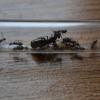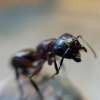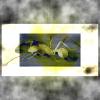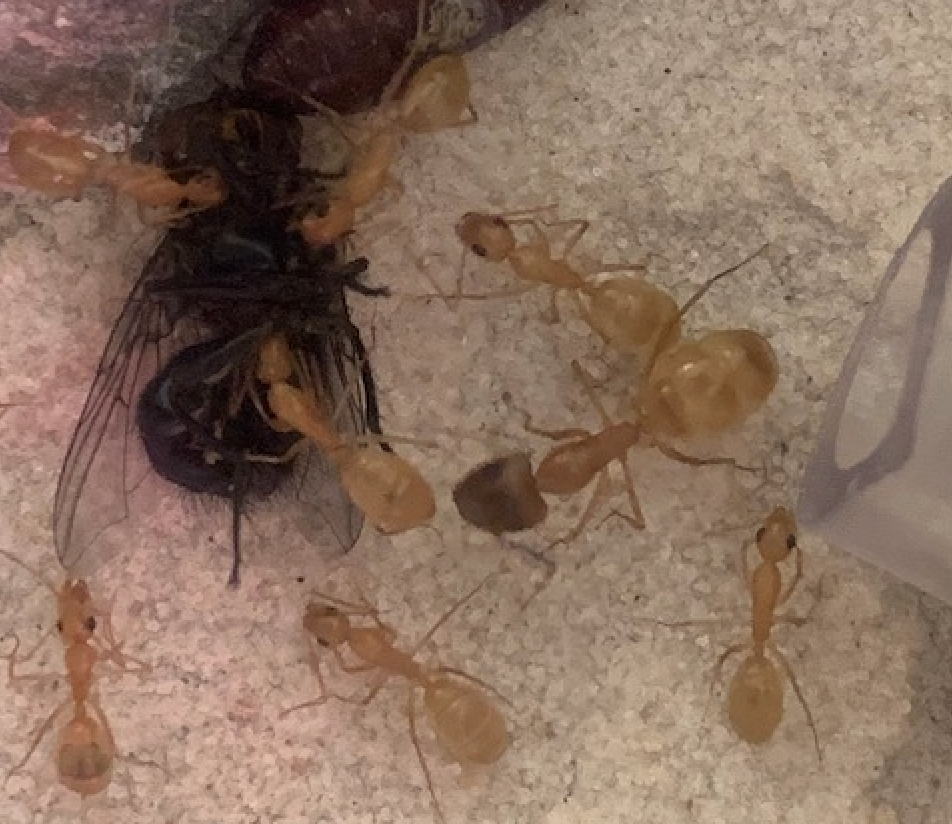It was interesting, too, how timid they are when newly eclosed. The major above only started coming out at age 4 months or so (?) - at least I think that's the one. When she was younger she was super timid. Unfortunately they are kind of hard to see right now in the Fortress. (Fallen Fortress seems to have better visibility for me.)
Edited by OhNoNotAgain, April 10 2020 - 5:06 PM.
Formiculture Journals::
Veromessor pergandei, andrei; Novomessor cockerelli
Camponotus fragilis; also separate journal: Camponotus sansabeanus, vicinus, quercicola
Liometopum occidentale; Prenolepis imparis; Myrmecocystus mexicanus
Pogonomyrmex subnitidus and previously californicus
Tetramorium sp.
Termites: Zootermopsis angusticollis
Isopods: A. gestroi, granulatum, kluugi, maculatum, vulgare; C. murina; P. hoffmannseggi, P. haasi, P. ornatus; V. parvus
Spoods: Phidippus sp.

























